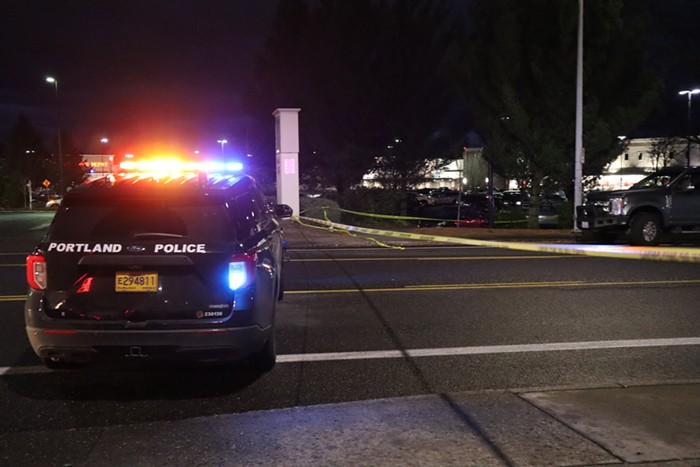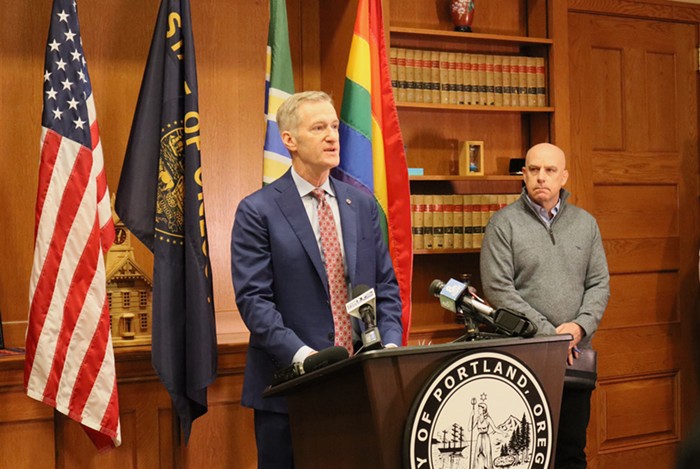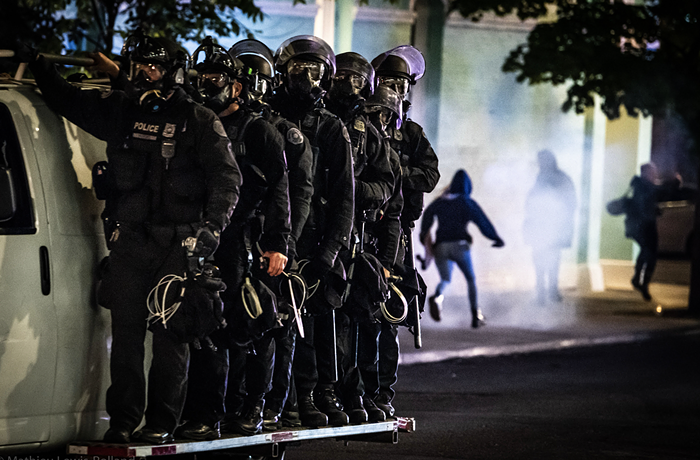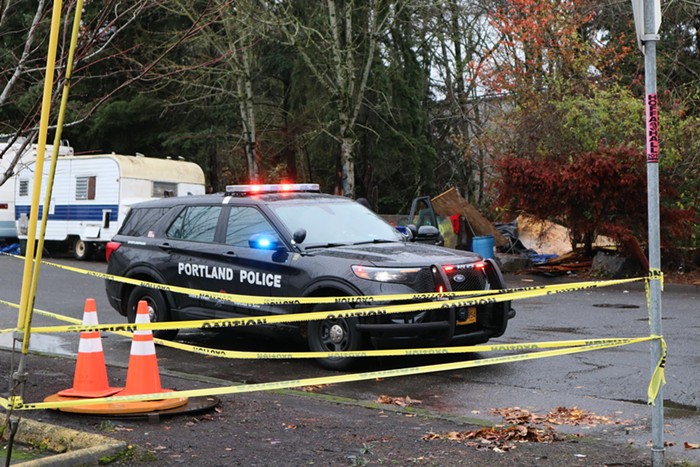
The biggest headline? It strongly urges the Portland Police Bureau to tighten standards governing when the stun guns can be used.
Currently, officers can pump a whopping 50,000 volts into someone showing "only the intent" to resist an officer—a bar that's lower than so-called "model" requirements used in other cities. The auditor is asking that the threshold be raised to actual resistance, and it wants the bureau to specifically encourage limiting the number of times someone is Tasered.
The report also raised questions about how reports are filed and tracked—especially when documenting whether warnings had been issued. But otherwise, the audit essentially gives the practice a green light, calling it "effective" in avoiding deadly force, in that Taser use in the 50 cases studied from 2009 didn't lead to shots being fired.
But is that all there is to say about Tasers? The weapons have long been a source of controversy, here and across the nation. That's because, despite their deployment as a "less-lethal" weapon, sometimes they're actually quite lethal. In Portland in 2006, Tim Grant was killed after he was hit with a Taser—one of hundreds of cases around the country. They also lead to injuries and are used against the mentally ill at disturbingly high rates. According to the audit:
Police records showed that subjects were injured in 11 of the 50 incidents we reviewed. We concluded that four of those injuries were due to Taser use, that six of the injuries could not be linked to any specific cause, and that one injury was not caused by a Taser. In our sample, five injuries to subjects that were Taser-related or of unclear origin occurred during incidents with four or more Taser cycles.
After the jump, see how Portland compares to other cities and read what Dan Handelman of Portland Copwatch has to say about the report. (Hint: He's not happy.)
Handelman, who has been following police use of Tasers since they were first handed to officers in 2005, wrote to me with a list of complaints this morning. He took umbrage that the report "greatly minimizes" the fact that Tasers have killed hundreds. He didn't like that the report labeled weapons as "tools."
"This mindset is partly what leads to Tasers being used on a daily basis in Portland," he wrote, "rather than being something that is used only in rare situations."
And he suggested that a better question, besides whether their use was "effective," was whether it was appropriate—especially if we're to know whether Tasers are being overused as tools of compliance. To that end, he was particularly incensed that "when analyzing the 50 incidents they used to write the report, they take the word of the police reports as gospel." He said the report should reflect whether complaints and/or court transcripts were available or consulted.
Handelman also raises questions about the assertion that Taser use has been falling, along with use of force incidents overall—even as the percentage of force incidents involving Tasers has held steady. He points to a 2009 report by the Indepdendent Police Review on Use of Force that said Taser reports remained steady from 2005-2008.
"We're talking here about a weapon that jolts someone with 50,000 volts of electricity and disables their ability to use their motor skills," he wrote. "This is not a 'tool,' and it may not cause injuries such as bruises or cuts, but it hurts like hell while it's being applied. That is an injury."
Here's how Portland's standards for use compare to best practices and those used in other cities.

















